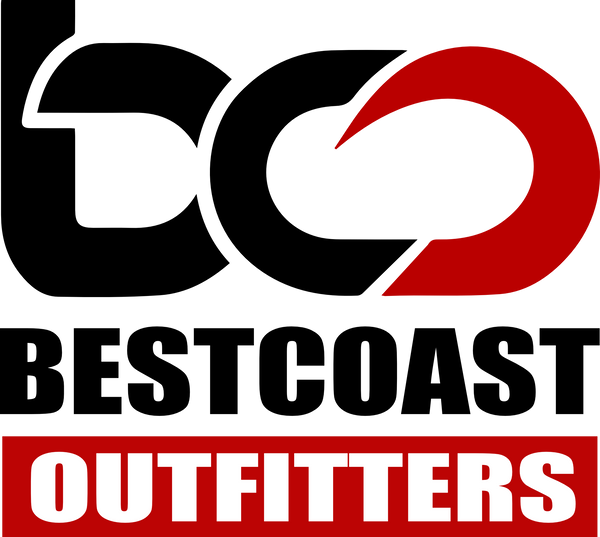
How to Low Brace
Share
By Alex Matthews
When we get into a kayak, our first line of defense against instability is something that most of us do pretty naturally - we balance. It’s intuitive. And while some are better at it than others, we’re mostly pretty good at staying upright by balance alone.
But sooner or later, we’re likely to lose our balance. Especially when venturing into sportier conditions, or ‘pushing the envelope’ in other ways – like putting a kayak on edge in order to make it turn more sharply.
A brace is a stroke used to recover balance. Or used in anticipation of potentially losing balance.
So with the judicious deployment of braces at just the right times, in just the right places, a skilled paddler can remain balanced throughout a tricky maneuver, by taking advantage of the added support generated by a well placed blade. And of course, should things not go quite to plan, that same paddler can recover from a serious loss of balance with a deep, powerful brace too.
The low brace is typically the first bracing stroke that beginner paddlers are taught. It is so named, because the paddle is kept low throughout. It’s quick and efficient, and keeps your shoulders well protected from possible injury. With a little practice, the low brace soon becomes a speedily deployed and instinctive reaction that is extremely effective.
The flat-water drill used to teach the low brace looks like this:
To set up for a low brace, sit upright, and drop your paddle under your elbows so that your forearms are vertical. Think ‘pushup position’.


Reach out with your paddle 90 degrees to the kayak, so that one hand is at your belly button and the other is out over the water. Edge your kayak in the same direction as your extended blade, and simulate falling onto the support of your paddle. Smack the water with the non power-face or backside of your paddle blade, keeping your paddle parallel to the water’s surface for maximum support.


As you slap the water, drop your head in that direction and pull up with your lower knee to level off the kayak, and right the boat beneath you.

As you straighten up again over the ‘rebalanced’ kayak, finish the stroke by rolling your knuckles upward so that the blade is vertical and slices freely up out from the water.
Note that the slap of the paddle provides only momentary support. So timing of the righting movements is important. It’s actually your body that’s responsible for righting the boat. As you flip, the only way to right the kayak is by pulling up with the knee that is going underwater. The way to pull up with this bottom knee is to drop your head towards the water in the direction that you’re flipping. Your head should be the last thing to come back up over the kayak on a well-executed brace. If, instead, you lift your head up and strain away from the support blade, you’ll inadvertently pull on your top knee, which simply flips you even more quickly. To ensure that your head drops towards the water, try watching your slapping blade as you brace - it’s hard to lift your head if you’re looking down.
Start with a modest lean of the boat, and then as you grow more confident with practice, tilt the kayak further and further. Also strive to be diligent in practicing braces with both your right and left blade, rather than just developing one ‘good side’.
In real world scenarios, a low brace isn’t usually deployed quite as dramatically as in the above drill. Often a low brace looks like little more than a paddle resting lightly on the surface on the water. The key element is that it is there if needed. Many times a brace is used almost as a backup or a light aid to balancing. Think of climbing the stairs – you’ll often run a hand lightly along the handrail, but its no death-grip. It’s just there in case you need it. And occasionally you might slip, and that grab of the handrail is all that keeps you upright. So it is with braces - they can be light brushes of the water, or full-on ‘I am really going to capsize if I don’t get this right’ strokes!
